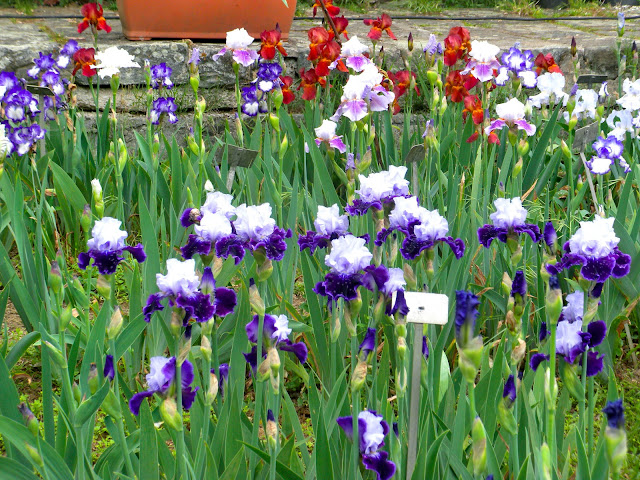The Mille Miglia Thousand Miles Rally
May 2013
It has been a cold and rainy May this year, the wettest in 200 years people are fond of telling you, with astonishment and dismay. But for the Tuscan sector of the Mille Miglia this year the sun emerged, the rain stopped falling and blustery clouds raced over clean blue skies for the duration. We had other commitments, but managed to see a part of the rally from a stretch of the SS2 (the ancient Roman Cassia) between Tavarnelle and San Casciano in Val di Pesa. The rally stopped for lunch in San Casciano again this year, so the lucky sightseers and car enthusiasts who converged there were treated to a long and considered inspection of the 400 odd (and some are truly odd) cars parked in the main square while the drivers dined.























